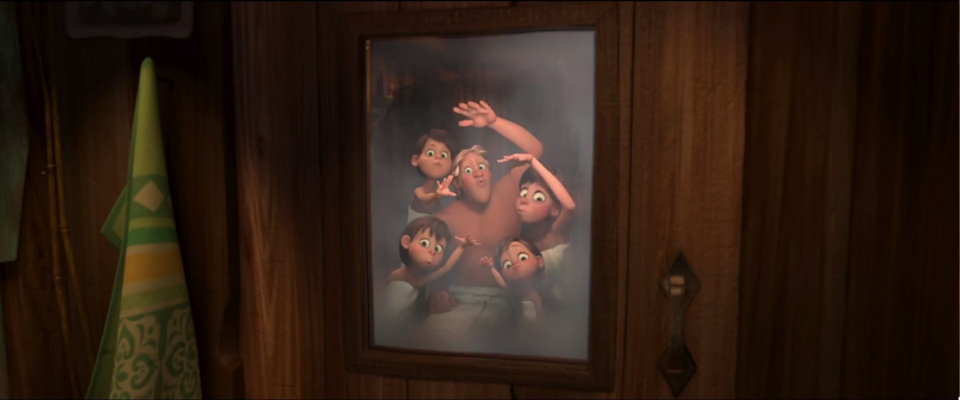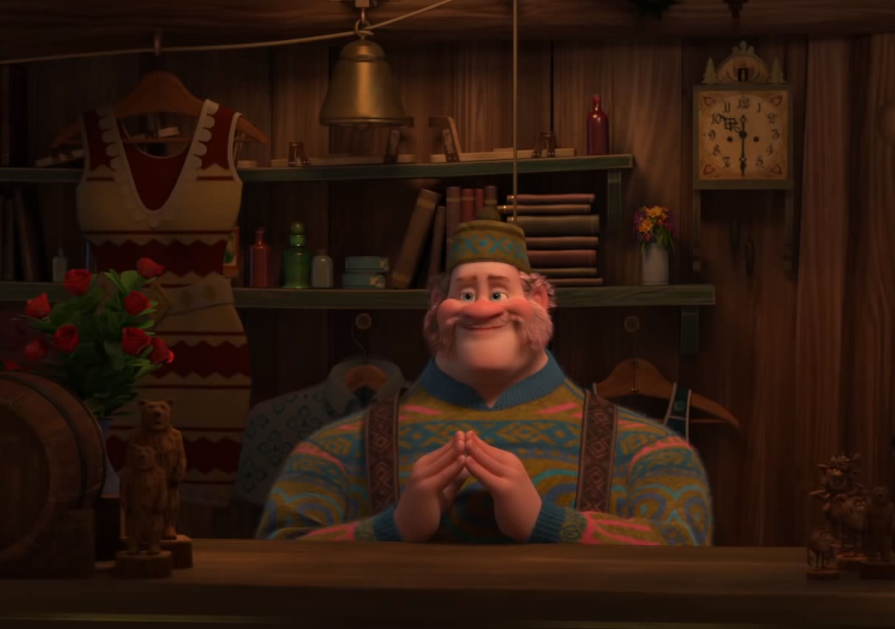Subject: All right, answering
Author:
Posted on: 2014-03-20 23:01:00 UTC
In a bit of a shortened way, since I don't want to bring anything political into this, and I'm not 100% certain that I understand your argument. (Yes, this is short compared to what I wanted to write.) You're in quotes.
"I think that there is a difference between, on the one hand, showing, e.g., that women of color can be legitimate love interests; and, on the other hand, portraying alternate sexual behavior as just as normal as heterosexual behavior."
I am... not comfortable whatsoever with how you phrased this (I think maybe you meant "common" instead of "normal," since "normal" is a pretty loaded word and varies from era to era and culture to culture,) but if you meant what I think you mean and you're making a case that we shouldn't have, say, 50% of our media romances be homosexual and 50% be heterosexual... my question is why? The characters involved will, presumably, be fictional personages who are of age and fully capable of making their own choices, and the viewers are all human beings who are completely capable of deciding whether or not they approve, either in general or on a case-by-case basis.
In addition, my "diversity" as an abstract value was taking into account that we need more than just romances in the media: we need committed and supportive friendships, we need strong families, we need intensely personal stories about people who don't need any love interests to make them want to overcome their problems, and we need stories where people are judged by their actions first and any category they happen to fall into second. I mean, personally, I like stories about saving the world. I'd love if the media didn't automatically assume that any character who was going to save the world has to be a straight white male.
As for the media's "unwillingness to deviate from social norms," well, the media is influential. Media representation and all the social and cultural aspects of why, say, Hollywood doesn't cast more Asian actors, or more female leading roles, are way too complicated to reduce to a subset of this argument. To make this short, I understand why the media follows well-known storytelling formulas and casting formulas - it's a cultural path of least resistance for them: they know they will make money following the formula.
However, it' is my opinion that if the media woke up tomorrow and decided to pursue more diverse representation - if, say, the leading character of 50% of the movies across all genres scheduled for 2015 was female - they'd find that the majority of society was more than ready to make the transition.
There will be stumbles in the media, and bad portrayals. But there are extremely bad movies even following the current formula. There are plenty of movies that promote frankly awful heterosexual relationships, and books that glorify abuse. Ones that become popular can lead to many copycat works that have the same problems, and to people legitimately believing that the romances in question are good and trying to model their own lives after them, often disastrously. Where the media fails at promoting diverse relationships will often be the same areas they have already failed at promoting healthy heterosexual relationships, which is a problem with the system, and not with inclusion.

